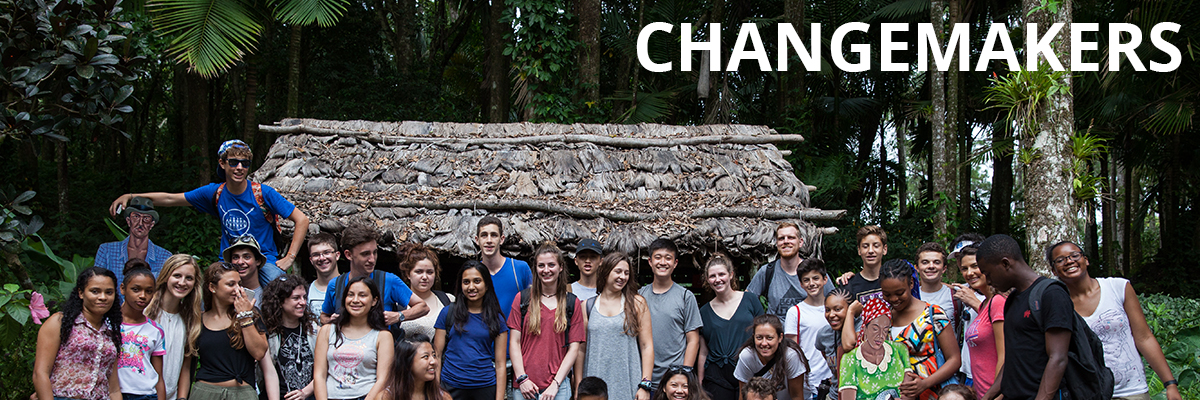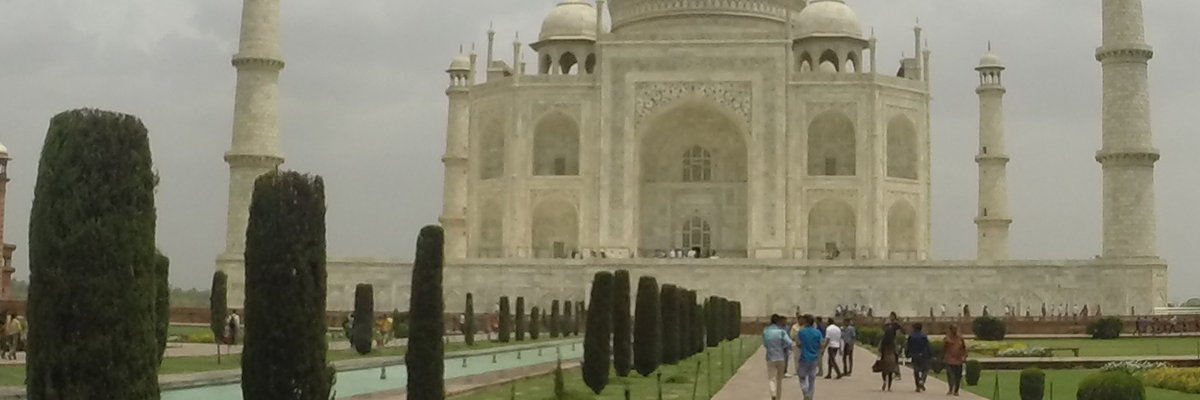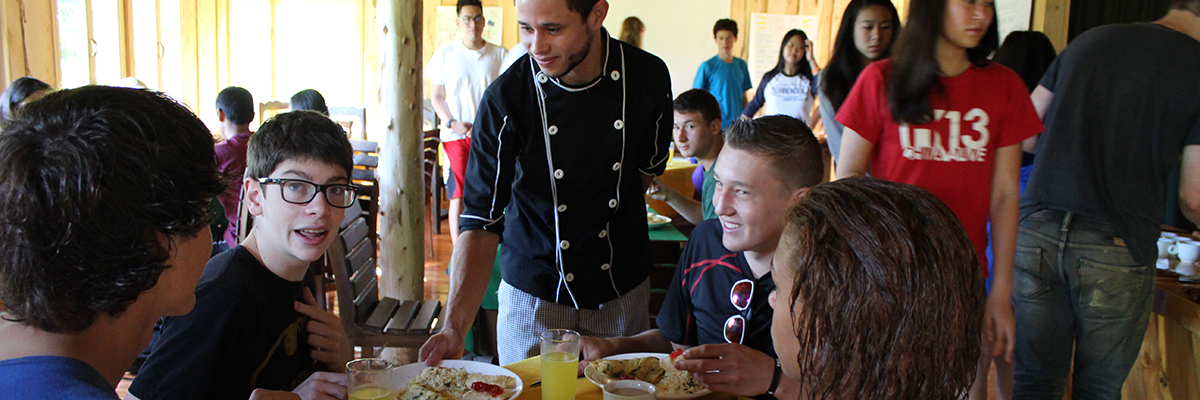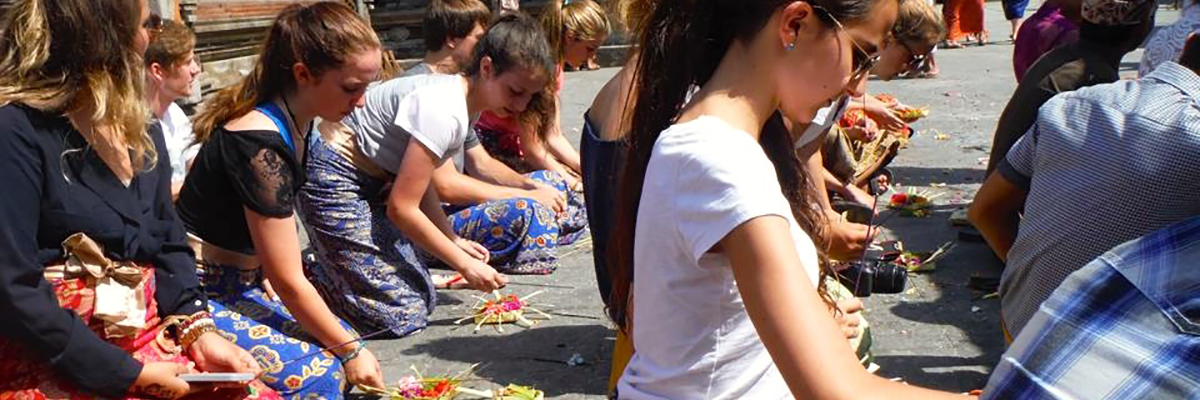Changemakers is a companion series to Gamechangers, following teens outside of the GLA circle who have made a profound difference in the world or in their own communities.
You may think that as a teenager there isn’t much you can do to help others. You may think you have yet to develop any kind of special skills or that you just can’t do anything until after you graduate college and all that, but it’s simply not true. There are numerous teenagers out there in high school, college, and even some in junior high, taking action to make the world a better place. You could very well be the next one.
Let’s take a look at one teen whose actions have changed the lives of many of her peers in a positive way, a true gamechanger. Meet Mary Grace Henry. By day, she’s just a normal, everyday teenager from Harrison, NY going about her routine school life. But on the side, she’s done something truly spectacular.
She started a nonprofit called Reverse The Course at the young age of 12. Her goal was to improve the lives of the underprivileged by providing money to fund education for girls in extreme poverty. This was her goal, but she knew she had to get the money somehow. So she decided to teach herself how to make reversible headbands. She then put them up for sale on the internet through her website and a smart use of social media with 100% of the profits going to fund these girls’ educations.
Now, she’s 18 years old and still going at it strong. She continues to sell the hairbands, and she was honored in 2014 with the World of Children Award for her distinguished efforts. Her website states her efforts have put 115 girls in four African countries through school since her venture began, with 251 years of school paid for and over 16,000 headbands sold to fund it all.
On why she chose this particular venture she said, “The greatest obstacle to education faced by both girls and boys is poverty. Girls, though, face a second hurdle that is far more difficult to address: their culture. In many countries throughout the world, girls are viewed as having not just lesser value than boys, but often devastatingly little or no value.”
Mary Grace is an inspiration to all of us who thought there was nothing we can do for the good of others. Even a simple skill like making a headband can translate itself into making a huge difference for those around the world. As Mary Grace herself says, “My advice is just to begin. When you see a need, act. Dream big, but start small, taking little steps.”
So what are you waiting for? Get out there and just begin. Make a difference in your community or around the world. Even small things eventually add up to something great.
Contributed by Nick Bartholomew





